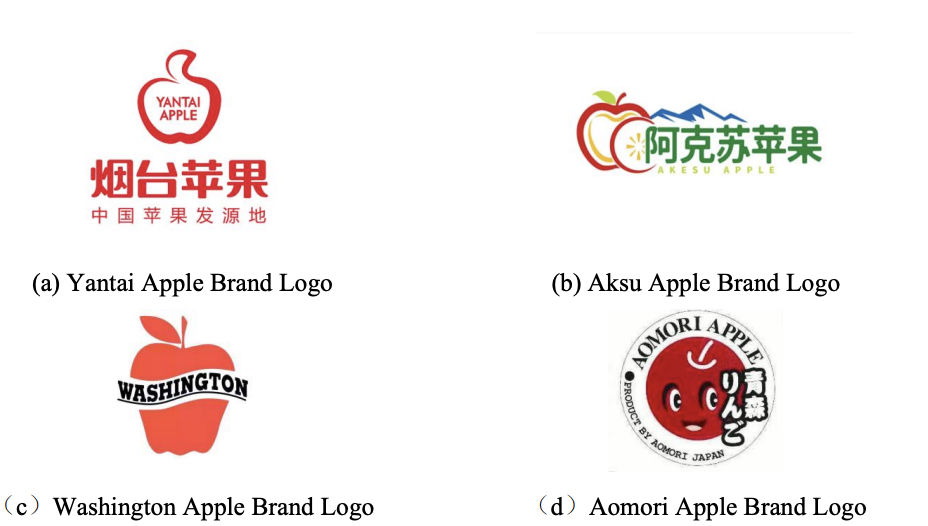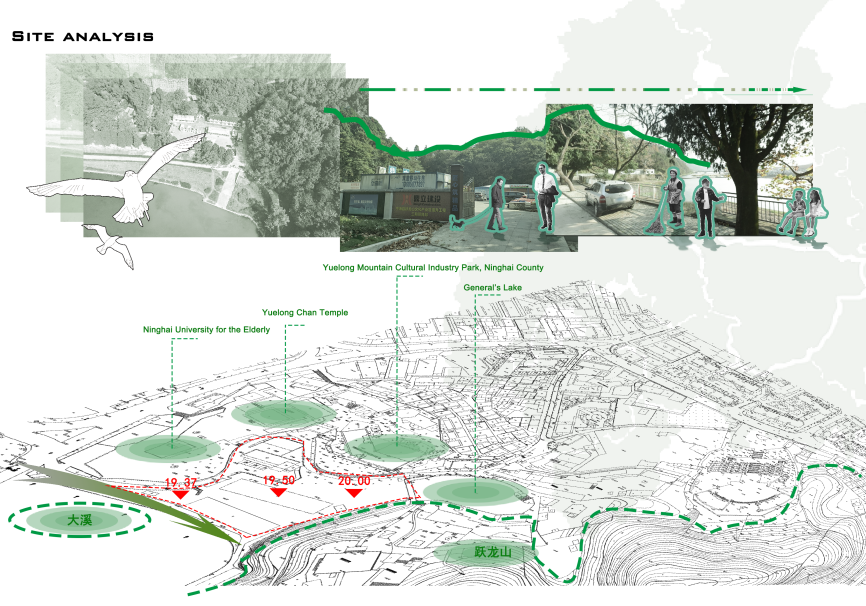

Volume 94
Published on October 2025Volume title: Proceedings of the 4th International Conference on Art, Design and Social Sciences

Based on the three-dimensional framework of material culture, spiritual culture, and behavioral culture, this study adopts the cross-cultural case comparison and analysis method to systematically explore the brand construction and communication strategies of apple brands in global communication. Four apple brands with both international influence and brand communication reach at home and abroad are selected as cases, and an in-depth analysis is conducted on their differentiated paths in terms of product characteristics, brand symbols, values, and communication behaviors. The study finds that successful apple brands can combine regional cultural symbols with digital marketing to enhance brand cultural communication and brand identity. Product scarcity and quality at the material culture level are the cornerstone of a brand, while value resonance and emotional connection at the spiritual culture level are the core of brand differentiation, and marketing strategies and consumption experience at the behavioral culture level are the key paths for brand communication. This study provides a theoretical model and practical path for the construction and communication of agricultural product brands.

 View pdf
View pdf


Sports infrastructure is an important guarantee for the participation of civil society, but there exists the problem of unequal distribution. This article holds that the use of public sports infrastructure should not be regarded as a discretionary government welfare, but rather as a civil right based on the principle of distributive justice. Drawing on Amartya Sen's competency analysis theory and Michael Walzer's complex equality theory, this paper constructs an analytical framework in which the opportunity for fair participation in sports activities is regarded as a fundamental component of fair development and social inclusion. This article criticizes the widespread commercialization of sports Spaces, a process in which economic power determines the right to enter sports Spaces, thereby violating the principles of fairness and non-dominance. It indicates that the lack of fair distribution of sports facilities is not a deficiency in the government's service capacity, but a moral failure of justice, which deprives individuals of the ability to fully develop their bodies, form a sense of social belonging and realize their self-worth. By redefining sports infrastructure as a public good similar to youth education or medical security, the article suggests that public sports resources need to be redistributed to ensure that everyone has equal access to sports facilities and participation in healthy exercise.

 View pdf
View pdf


This paper focuses on the iconographic study of the Jing Ke Assassinates the Qin King pictorial stone from the Wu Ancestral Hall in Jiaxiang, Shandong Province, and summarises the artistic expression and basic connotation of the Jing Ke Assassinates the Qin King thematic pictorial stone. Further, the paper gives an overview of the distribution and characteristics of the Jing Ke Assassinates the Qin King pictographs in different regions of China. Combined with iconographic comparisons of the Jing Ke Assassinates the Qin King pictographs from different regions in the Han Dynasty, the paper points out that although the themes of the images are the same in all regions, there are differences in the composition and details of the depictions. It is pointed out that although the theme of the images is the same in different regions, there are differences in the specific composition and detail depiction, reflecting the cultural characteristics and technical level of different regions. By exploring the meanings behind this motif, the paper also reveals the multiple symbolic meanings and evolution of the image of Jing Ke Assassinates the Qin King in Han society. Finally, the paper concludes that the ideological function of Jing Ke Assassinates the Qin King images in Han society and its value as a new perspective for Han history research.

 View pdf
View pdf



As urbanization accelerates, children’s space for activities in cities—especially in high-density urban environments—is becoming increasingly constrained. In recent years, more and more parents and educators have recognized the significance of outdoor play for children’s physical and mental development, as well as the role of interaction with nature in fostering children’s environmental awareness. Therefore, creating a park space that meets the needs of children’s play and learning and promotes their all-round development has become an inevitable requirement for social progress. Based on the functional connotation of “landscape + culture and sports”, this project explores a multi-functional park planning strategy with children as the main user group, while taking into account the shared use by parents, caregivers, and other citizens, so as to satisfy the growing public demand for cultural and sports activities. The primary purpose of this design is to explore and apply a design solution that meets the needs of children’s natural education activities by integrating the concept of natural education into the design of a child-friendly park. The aim is to create a multi-functional park that integrates nature, culture, and sports, while providing a safe, interesting, and educational space for children’s growth.

 View pdf
View pdf




